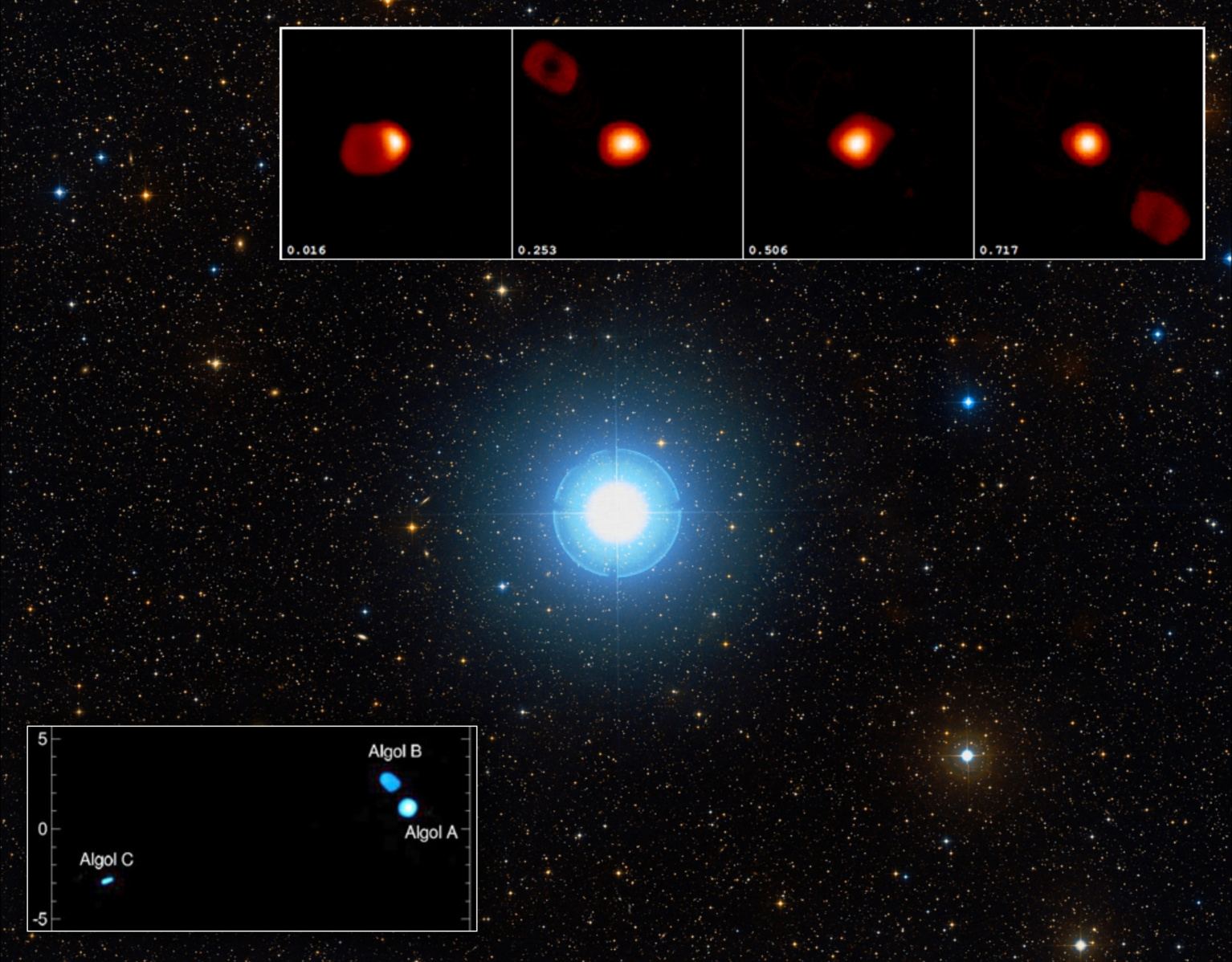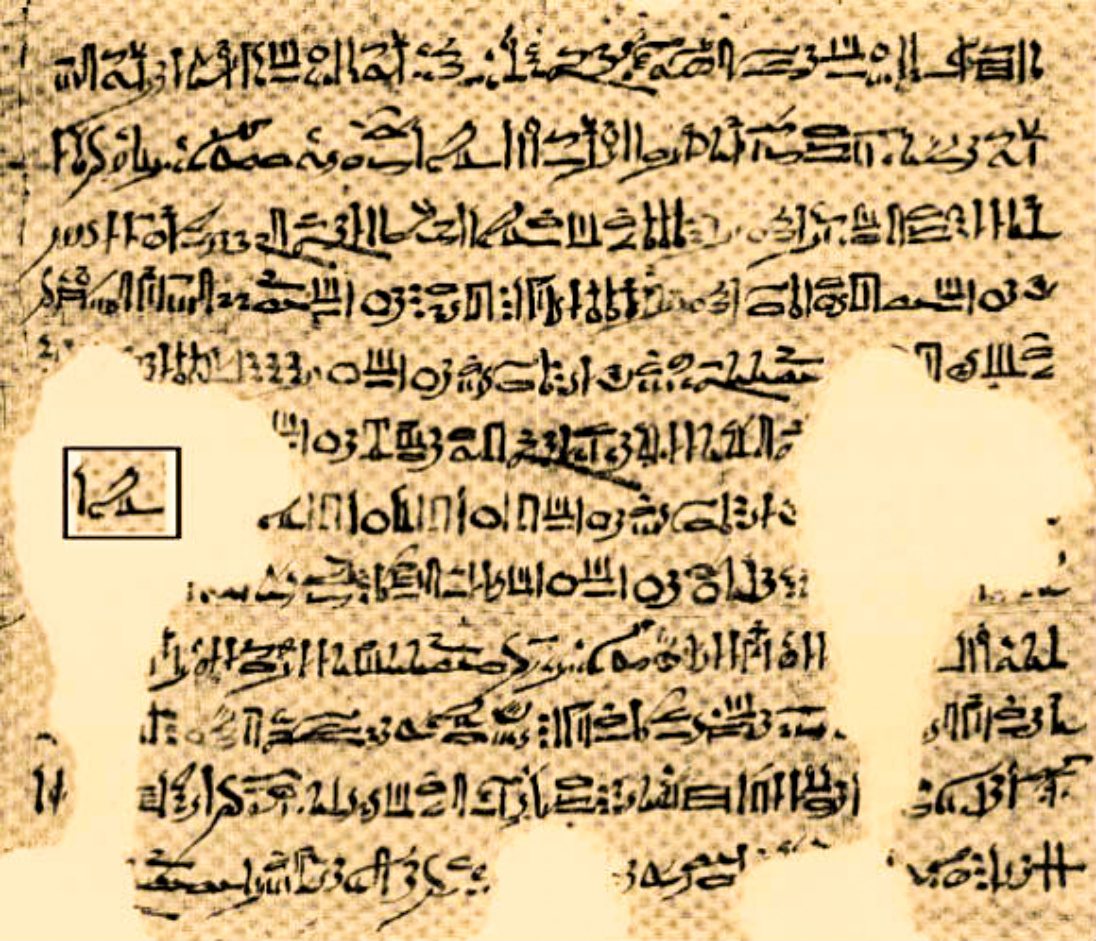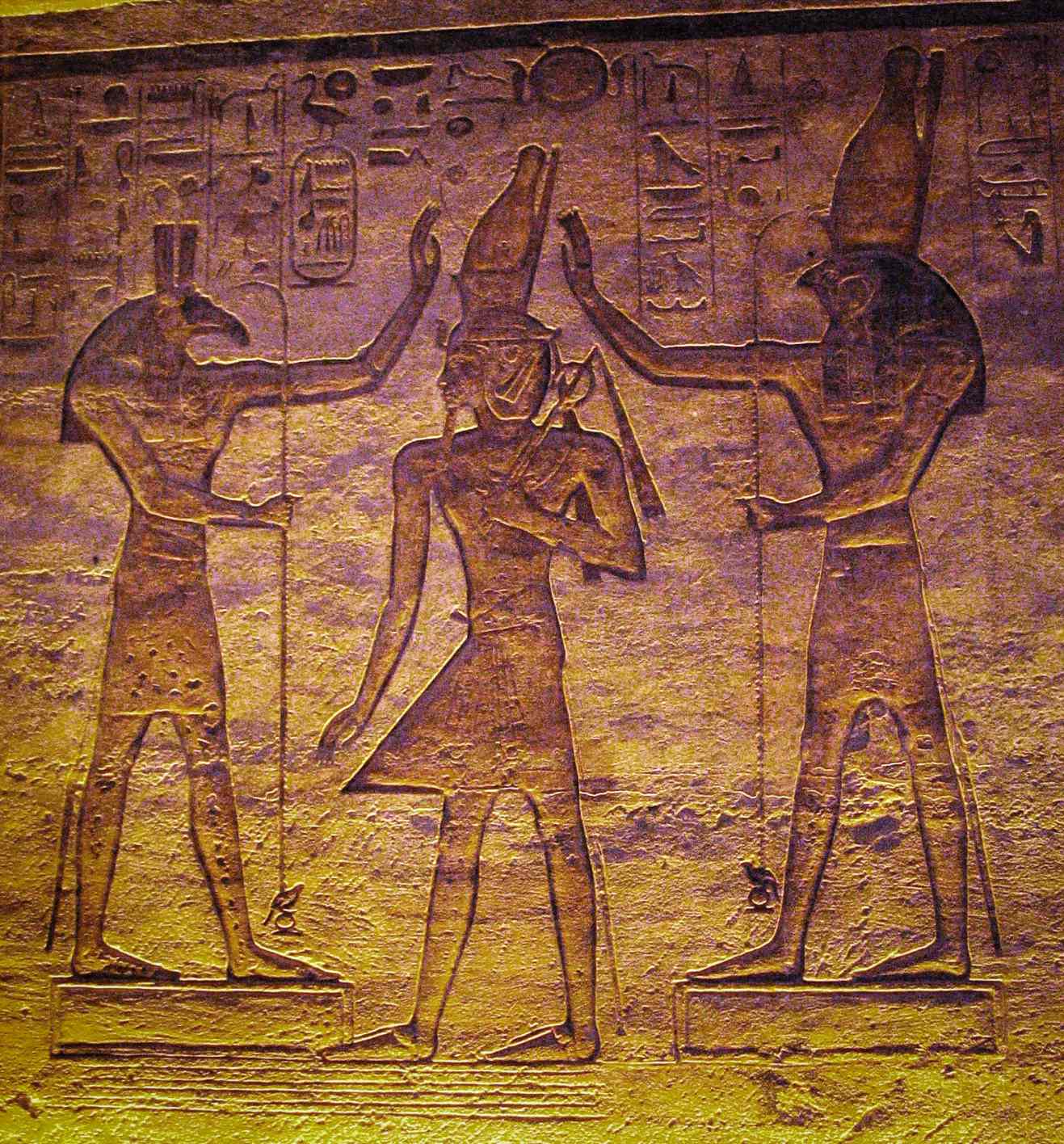Colloquially known as the Demon Star, the star Algol was linked to the winking eye of Medusa by early astronomers. Algol is actually a 3-in-1 multiple stellar system. A stellar system or star system is a small number of stars that orbit each other, bound by gravitational attraction.

Officially discovered in 1669, the three suns of Algol move around each other, causing the “star” to dim and brighten. A 3,200-year-old papyrus document studied in 2015 suggested that the ancient Egyptians discovered it first.
Called the Cairo Calendar, the document guided each day of the year, giving auspicious dates for ceremonies, forecasts, warnings, and even the activities of the gods. Previously, researchers felt the ancient calendar had a link to the heavens, but they never had any proof.

The study found that the calendar’s positive days matched Algol’s brightest days as well as those of the Moon. It appears that not only could the Egyptians see the star without the aid of a telescope, its cycle deeply influenced their religious calendars.
By applying a statistical analysis to the Calendars of Lucky and Unlucky Days recorded on the papyrus, researchers from the University of Helsinki in Finland were able to match the activities of the ancient Egyptian deity Horus to the 2.867-day cycle of Algol. This find strongly suggests that the Egyptians were well aware of Algol and adapted their calendars to match the variable star around 3,200 years ago.

So the questions that still remain unanswered are: How did the ancient Egyptians acquire such an in-depth knowledge about the Algol star system? Why did they relate this star system to one of their most significant deities, Horus? More remarkably, how did they even observe the star system without a telescope even though it was almost 92.25 light-years away from Earth?




